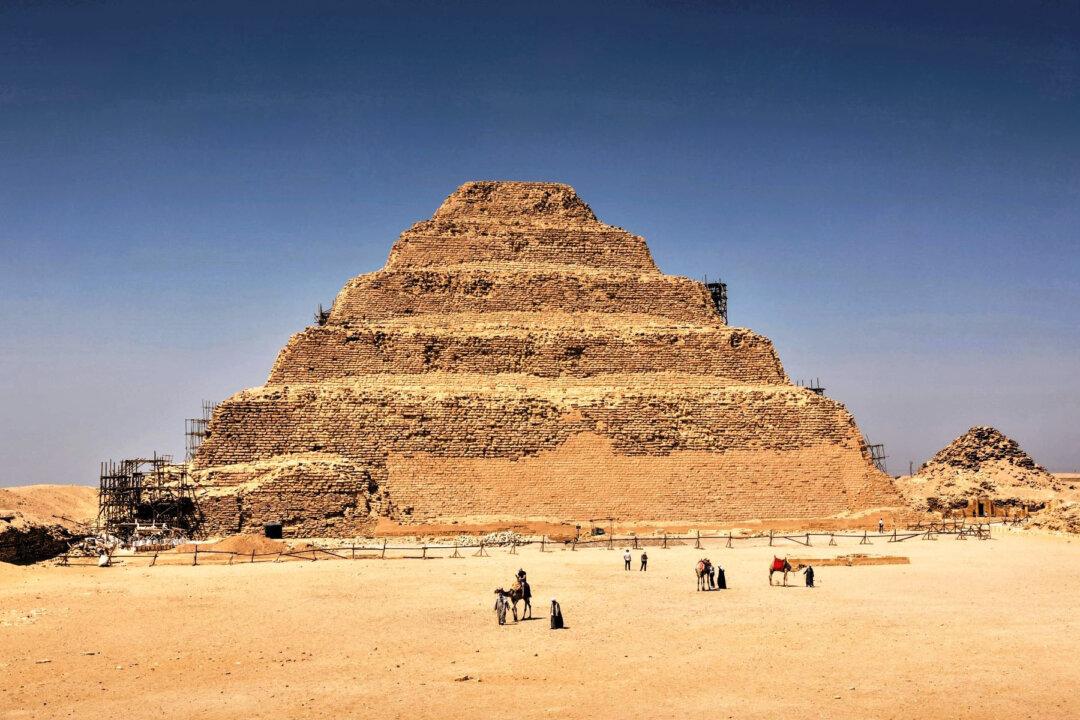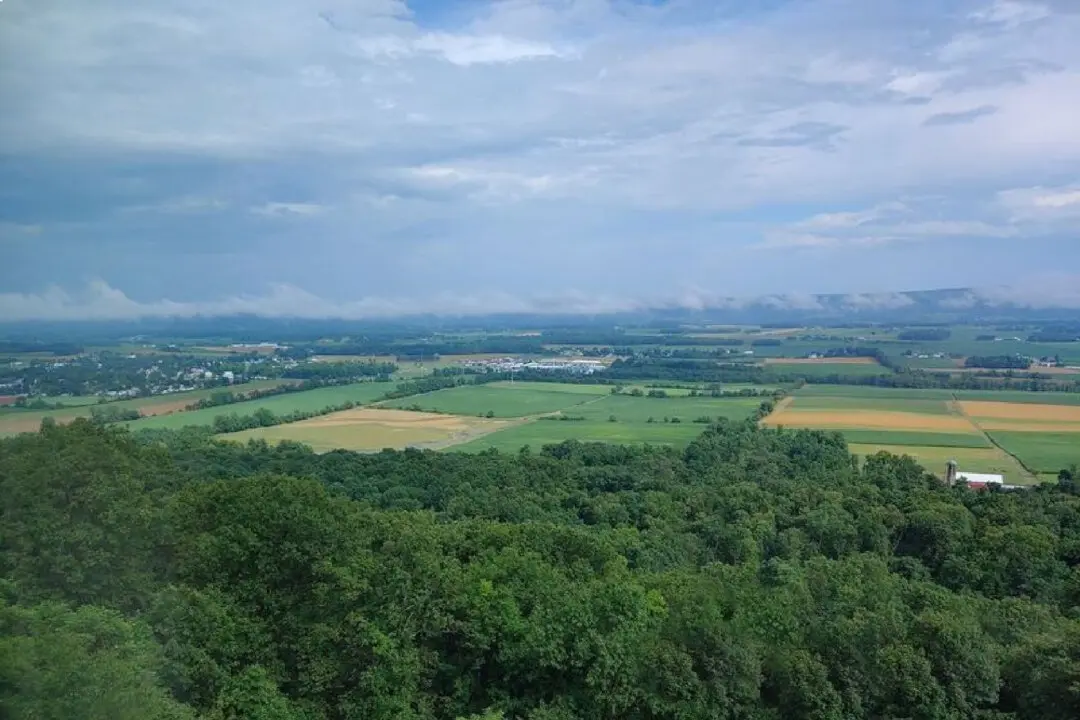By Fyllis Hockman
I’m in Cairo, Egypt, on a hotel balcony overlooking the Nile River, a fantasyland I’ve heard about my whole life -- and I’m here. I needed to take a minute to revel in that. And recognize that thanks to Overseas Adventure Travel’s (OAT) Ancient Egypt and the Nile River Tour, I was about to begin a magical journey through 6,000 years of history. But how to recount this rich history in the space of one short story? All I can do is bring you along to experience a little bit of Egypt the way I did.





